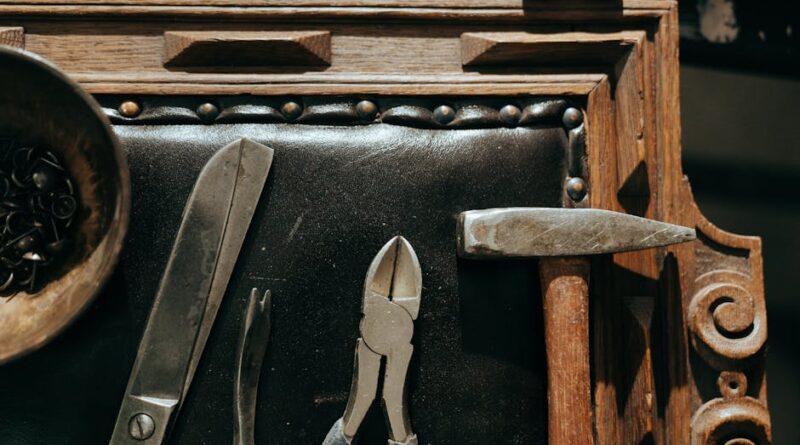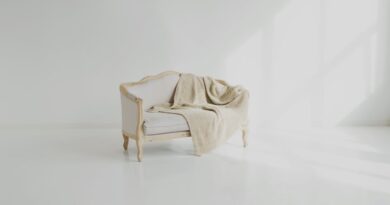Essential Tools Every Upholstery Beginner Needs
Are you ready to dive into the world of upholstery? Whether you’re redoing a chair, a couch, or any piece of furniture, having the right tools can make your project a success. In this article, we’ll explore essential tools every upholstery beginner needs. Let’s get you started on your upholstery journey!
What Tools Do You Need to Start Upholstery?
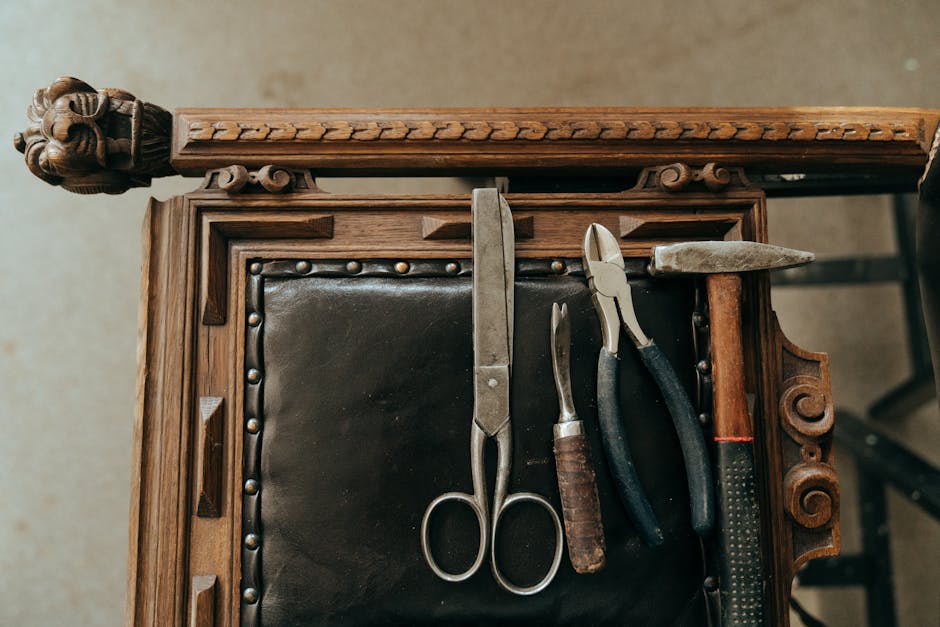
Upholstery may seem daunting at first. But with the right tools, you can transform furniture easily. Here are the basic tools every beginner should gather:
- Staple Gun: A staple gun is a must-have for securing fabric to your furniture. Look for a heavy-duty one for better performance.
- Fabric Scissors: Use sharp fabric scissors for cutting your upholstery materials. This ensures clean edges and prevents fraying.
- Upholstery Needle: For hand-sewn projects, an upholstery needle is thicker and stronger than regular needles.
- Measuring Tape: Accurate measurements are crucial. A measuring tape helps you get the right size for your fabric.
- Seam Ripper: Mistakes happen! A seam ripper makes it easy to remove stitches without damaging your fabric.
Why is a Staple Gun Important?
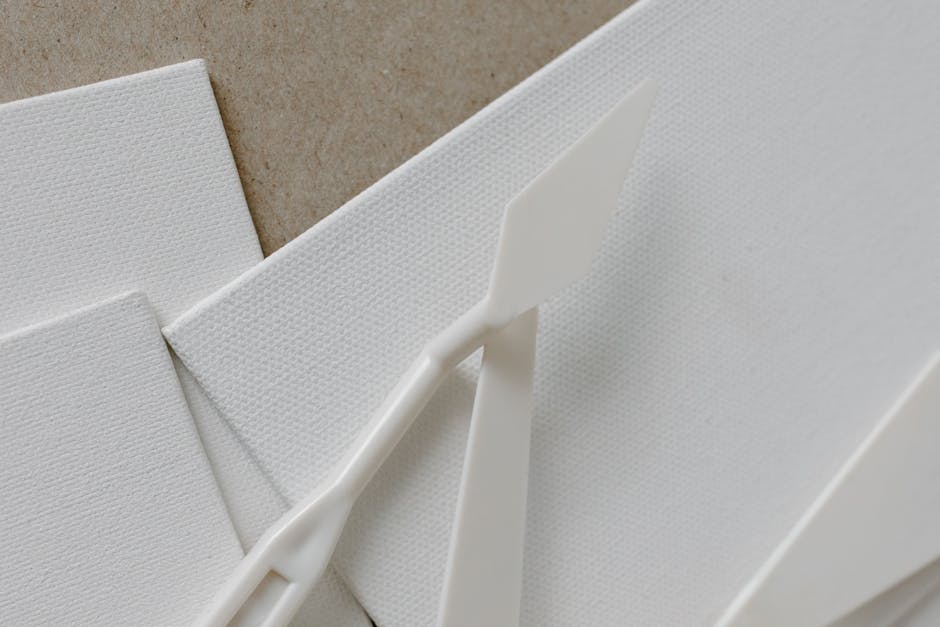
A staple gun is your best friend in upholstery. It secures the fabric tightly to the frame. This tool comes in two main types: manual and electric. Manual guns are great for beginners because they are simple to use. Electric guns speed up the process, but they can be more expensive.
When choosing a staple gun, look for one that feels comfortable in your hand. Youll be using it a lot!
What Makes Fabric Scissors Different?
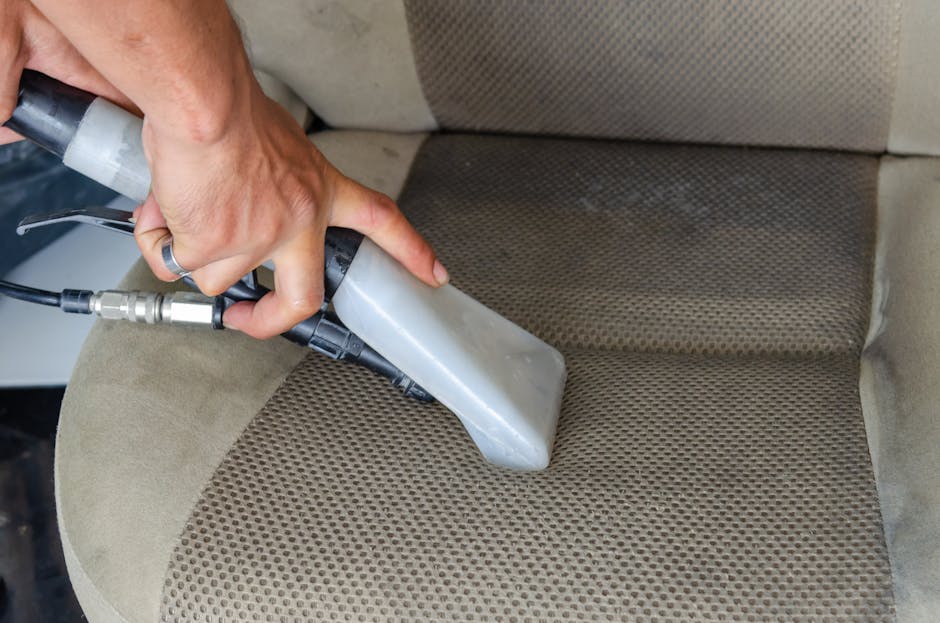
Fabric scissors are designed specifically for cutting fabric. They’re sharper and have longer blades than regular scissors. This design allows for smooth, even cuts. Using regular scissors can lead to jagged edges. Trust me, you don’t want that!
Keep fabric scissors sharp and use them only for fabric. This will help maintain their quality and performance.
Why Do You Need an Upholstery Needle?

An upholstery needle is thicker and sturdier than a regular sewing needle. It helps you sew through multiple layers of fabric and padding without bending or breaking. This tool is essential for hand-sewing hems or attaching pieces of fabric together.
When selecting upholstery needles, make sure to get a range of sizes. Different projects may require different thicknesses.
How Important is a Measuring Tape?
Accurate measurements can save you time and fabric. A flexible measuring tape allows you to measure curves and corners easily. Make sure to measure twice before cutting your fabric! it’s a common saying, but it’s true.
Consider marking your measurements with a fabric marker or chalk. This will help keep your cuts precise.
What Does a Seam Ripper Do?
Even the best upholsterers make mistakes! A seam ripper is a handy tool that helps you remove unwanted stitches without damaging the fabric. It has a sharp blade and a pointed end for easy lifting of stitches.
Keep a seam ripper handy in your toolbox. It will save you from frustration during your projects.
What Additional Tools Might You Need?
Once you’re comfortable with the basics, you might want to expand your toolkit. Here are some additional tools that can make your projects easier:
- Batting: This provides cushioning for your furniture and adds comfort.
- Fabric Stapler: A staple gun is great, but a fabric stapler can be useful for smaller projects.
- Clamps: Use clamps to hold fabric in place while you work. They keep everything secure.
- Iron: A good iron helps you smooth out wrinkles in your fabric for a polished finish.
How Do You Choose the Right Fabric?
Choosing the right fabric can make or break your upholstery project. Start by considering the durability of the fabric. If it’s a piece that gets lots of use, like a couch, opt for a strong fabric like canvas or denim.
Also, think about the color and pattern. Do you want something bold or something that blends in? Remember, this is your creation!
What Should Beginners Know About Upholstery Supplies?
When starting out, it’s easy to feel overwhelmed. don’t worry! Here are some tips to keep in mind:
- Start Small: Choose a small project, like a chair cushion, to practice your skills.
- Buy Quality Materials: Good materials last longer and give you better results.
- Learn from Mistakes: Every mistake is an opportunity to learn. don’t be too hard on yourself.
What Do You Need to Consider for Safety?
Safety is important in any DIY project. When using tools like a staple gun or scissors, always follow the manufacturer’s instructions. Keep your workspace clean to avoid accidents.
Additionally, wear safety glasses if you’re using electric tools to protect your eyes.
Where Can You Find Upholstery Inspiration?
Sometimes, you need a little inspiration. Check out websites, social media platforms like Pinterest, or upholstery forums. These resources can spark ideas and help you connect with other enthusiasts.
Also, don’t forget to visit local fabric stores. They often have samples and displays that can give you ideas.
How to Get Started?
Now that you know about the essential tools, it’s time to start your project! Gather your materials, choose a piece of furniture, and plan your design. Remember to take your time and enjoy the process.
Upholstery is a skill that takes practice. The more you do, the better you’ll get. So roll up your sleeves and start creating!
Final Thoughts: Your Upholstery Adventure Awaits!
Upholstery can be an exciting and rewarding hobby. With the right tools and a bit of practice, you can breathe new life into old furniture. Remember to start small, learn from your mistakes, and most importantly, have fun!
Ready to take the plunge? Gather your tools and get started today!
For more tips on upholstery projects, check out this helpful guide for beginners.
